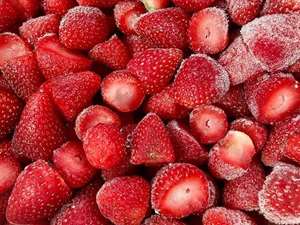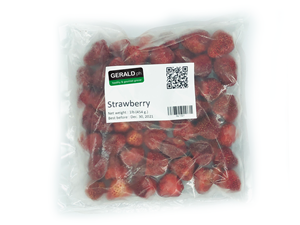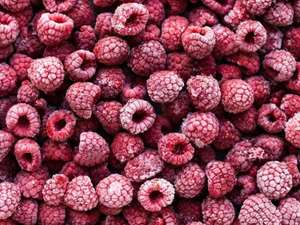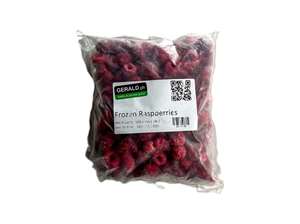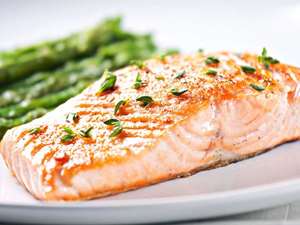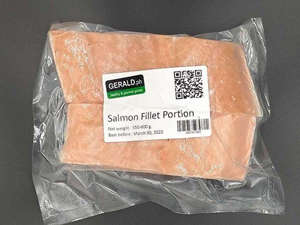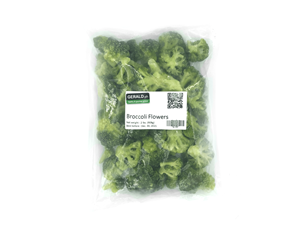Usage Versatility & Recipe Ideas
Frozen blueberries offer a wide range of culinary applications:
- Baking: Use directly in recipes for pies, muffins, cheesecakes, and tarts to add natural sweetness and texture.
- Smoothies: Blend into beverages for a nutrient-rich, antioxidant-packed boost.
- Breakfast: Mix into oatmeal, yogurt, or pancake batter for added flavor and nutrition.
- Salads: Add to fresh greens for a balanced touch of tartness and color.
Remove from the freezer and put only needed amount to defrost in a secure plastic bag or lidded plastic container.
Place in the refrigerator. Slow defrosting from 6-15 hours is preferred.
After, put the pack in a container filled with cold water to make defrosting faster. Place back in the refrigerator as soon as defrosted.
Avoid running the fruit under water or microwaving for defrosting to keep from mushy and soggy textures.
Blend while frozen for smoothies and shakes.
Nutritional Benefits:
Blueberries are widely recognized as a nutrient-dense fruit and are often categorized as a superfood due to their health-promoting properties.
- High in antioxidants (notably anthocyanins)
- Low in calories and carbohydrates
- Rich in dietary fiber, vitamin C, and vitamin K
Average Nutritional Values (serving size 100g) | Per 100 g |
| Calories | 57 | * |
| Total Fat | 0.3 g | 0% |
| Saturated Fat | 0 g | 0% |
| Total Carbohydrates | 14 g | 4% |
| Dietary Fiber | 2.4 g | 9% |
| Sugars | 10 g | |
| Protein | 0.7 g | |
| Salt | 0.001 g | 0% |
| Vitamin D 0mcg | 0% |
| Calcium 6mg | 0% |
| Iron 0.3mg | 2% |
| Potassium 77mg | 2% |
| Vitamin C 9.7 mg | 11% |
| Vitamin K 19.3 mcg | 16% |
*Percent values are based on a 2000-calorie diet.
Storage & Shelf Life
Store frozen blueberries in the freezer at 0°F (–18°C) or below to preserve their natural sweetness, texture, and nutrients. Keep the pack tightly sealed and stored in the coldest part of your freezer to prevent frost buildup and maintain optimal quality.
When ready to use, thaw the blueberries a few hours before use or leave them in the refrigerator overnight. Once thawed, do not refreeze to maintain food safety and flavor integrity.
Note: Frozen fruits naturally tend to clump together over time due to moisture and cold storage. Simply thaw gently to separate — perfect for smoothies, baking, or toppings.

